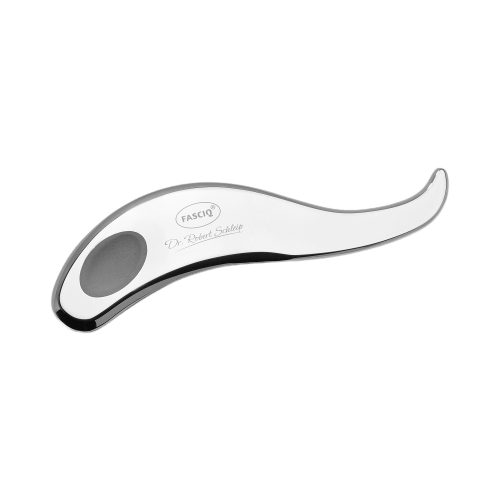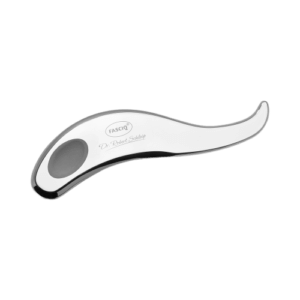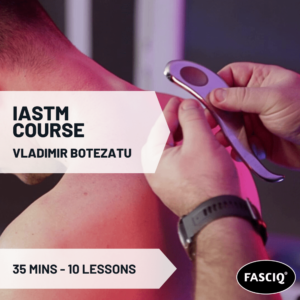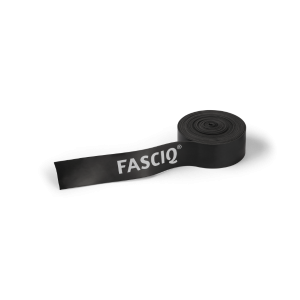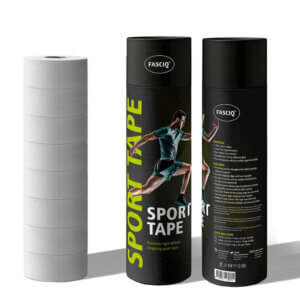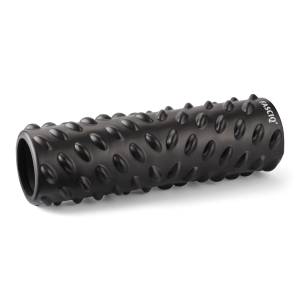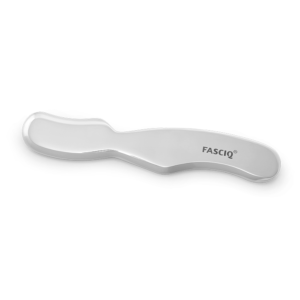Description
Our customers buy the FASCIQ® Wave – IASTM Tool to assess tissue quality and to treat focus areas. Save your joints and wrists during soft tissue therapy. All IASTM tools carry Lifetime Guarantee and are shipped Australia-wide for FREE.
All FASCIQ® IASTM tools have Lifetime Guarantee, which of course applies under normal usage.

FASCIQ® IASTM Tool – Wave information
Material: AISI 304 (1.4301) high-quality surgical stainless steel
Length: 16,3cm
Width: 3,8cm
Height: 0,5cm
Weight: 143g
IASTM Tools stimulate:
- A flexible and well-maintained, healthy fascial network.
- Improved tissue perfusion.
- Improved range of motion.
- Mobilization of the soft tissue.
- Loosening of adhesions in the connective tissue.
- Treatment of trigger points.
FASCIQ IASTM tool - Wave product video

The most common conditions FASCIQ® IASTM Tools are used for:
- Plantar fasciitis
- Patella tendonitis
- Achilles tendonitis
- Carpal tunnel syndrome
- Shin splints
- Adhesive capsulitis
- Tennis/golfer’s elbow
- Iliotibial band friction syndrome
- Surgical or traumatic scars
In recent years it has been discovered that the basic functions of joints, muscles, organs and tendons require a normal functioning fascial system. Normal muscle function needs well-hydrated surrounding fascia to allow normal tissue gliding. Between 30 and 40 percent of the force generated by a muscle comes from the surrounding fascia. These facts make it clear that the fascia requires special attention.

★★★★★
“Excellent product by FASCIQ. FASCIQ IASTM tools are a welcomed addition!”
– Luke Rudkin
Sports Physiotherapist at Premiership side Gloucester Rugby

Our new FASCIQ IASTM ‘Wave’ tool is available! Designed in collaboration with a world renowned professor specialising in fascia, Dr. Robert Schleip.
The Wave tool will also be presented in a box like the rest of the IASTM tool collection.
The Wave tool was designed to act as an all-in-one tool. One tool allowing for many different application techniques.
Designed with a hook, and a variety of sharp and smooth, convex and concave edges as well as a thumb sizes indentation distributing the pressure across the entire surface area of the thumb to reduce strain on the thumb when adding pressure.


